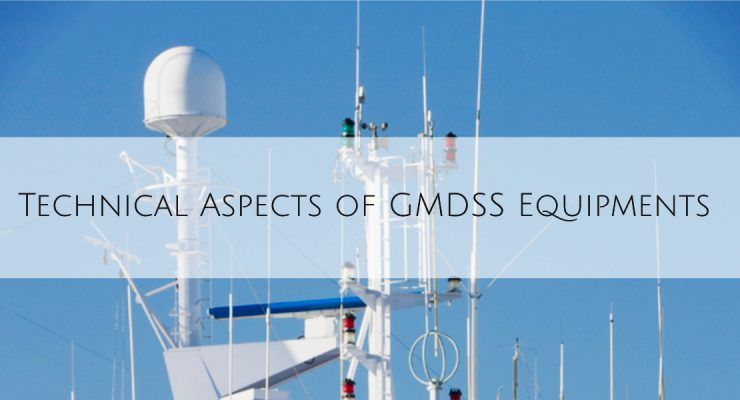Cavitation of a ship's propeller is phenomena that can greatly reduce a ship propelling efficiency whilst at the same time lead to rapid degradation of the propellor.To learn further about cavitation, we need to get familiar or refresh our knowledge regarding Liquid vapour phases.Solid (ice) Liquid (water) Vapour (steam)The phases of liquid and vapour are influenced by temperature and pressure. Water is normally observed to change its state to the form of vapour when its temperature is raised to above 100 deg C at atmospheric pressure. Water can also vaporise when the … [Read more...]
Archives for April 2020
Technical Aspects of GMDSS Equipments – Propagation, Modulation, Terrestrial Equipment & Antenna
GMDSS Radio Signals Radio signals are transmitted as electromagnetic radiation and occupy the frequency range 3 kHz ~ 300 GHz. The radiofrequency range is divided into a number of bands. In the GMDSS system both terrestrial and satellite methods of communications are interlocked in order to provide an extremely reliable scheme to alert rescue authorities in the event of a vessel being in distress.Frequencies in the MF, HF and VHF bands are used for terrestrial communications via Coast Radio Stations (CRS). Frequencies in the SHF bands are used for satellite communications. It's important … [Read more...]
Note of Protest vs Letter of Protest – Why, When and Differences between NOP & LOP
Note of Protest Note of Protest or a NOP is a solemn declaration made on oath by a Ship Master that circumstances beyond his control have or may have given rise to loss and/or damage to his ship or its cargo or have caused him to take action which may render owners liable to legal action by another party. When to Note Protest?Whenever during the voyage, the ship has encountered conditions of wind and sea which may result in damage to cargo. When from any course, the ship is damaged or there is a reason to fear that damage may be sustained. When through the stress of weather, it … [Read more...]


